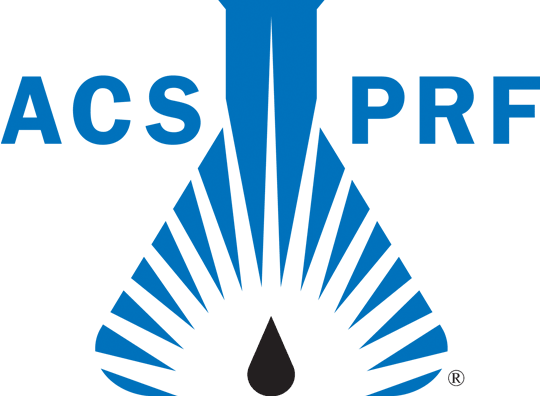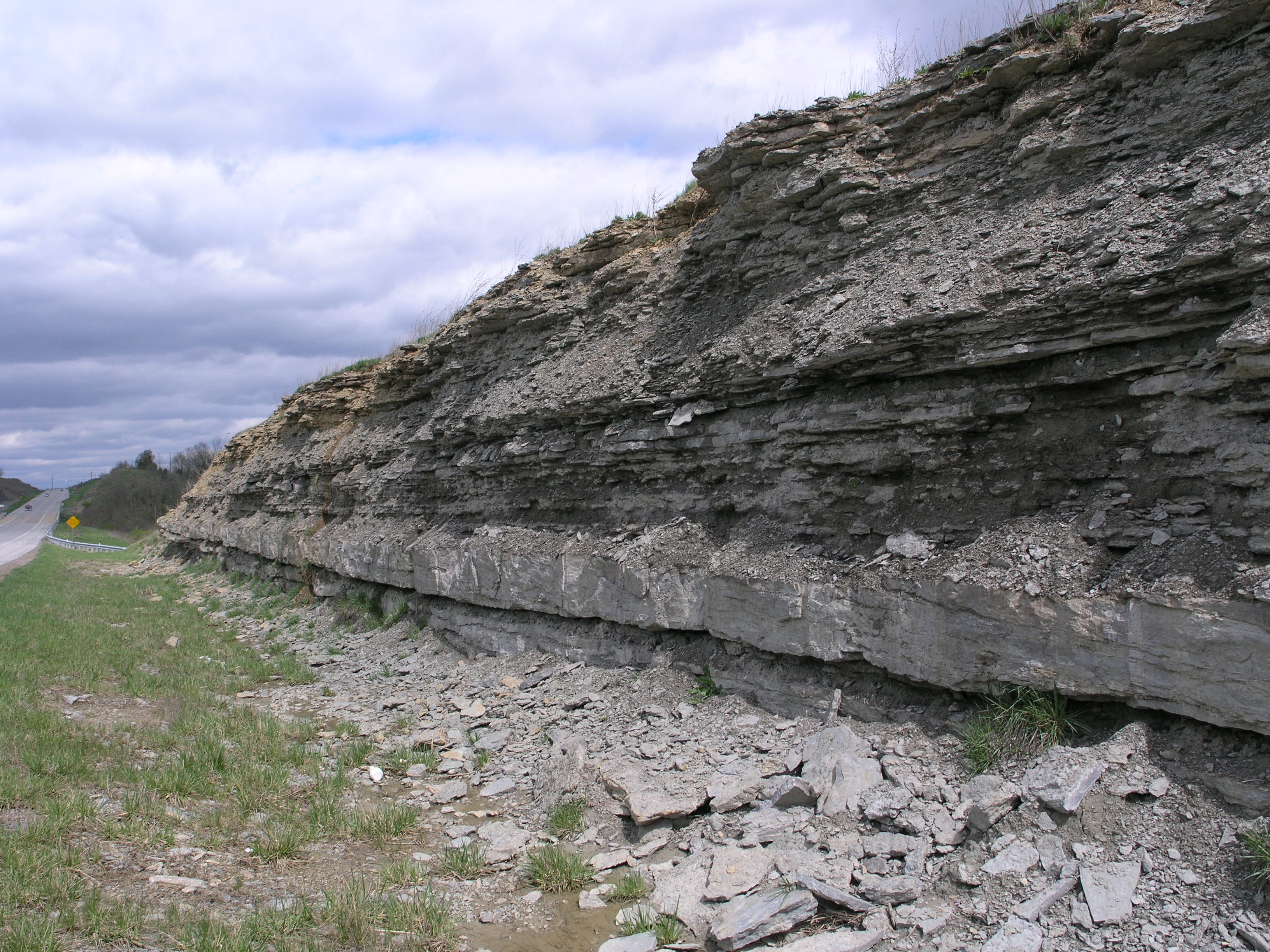
Phylogenetic biogeographic optimization for Eochonetes. Lam & Stigall, 2016.
Geographic dispersal and isolation of populations are critical processes in both developing and reducing biodiversity during Earth history. A phylogenetic framework is necessary to fully characterize the directionality and timing of dispersal and vicariance events. Phylogenetic methods in biogeography allow analysis of biogeographic evolution within single clades and comprehensive analysis of general biogeographic patterns shared among clades. Such methods also provide insight into the convolution of the Earth and its biota.
Members of the Stigall lab apply a variety of methods to analyze dispersal pathways, timing of isolation and dispersal events, and speciation mode throughout geologic time. Our work has demonstrated that the relative dominance of vicariance vs. dispersal has shifted -and alternate- through time and that the Late Ordovician Richmondian Invasion included taxa sourced from at least three geographic regions.
Representative publications:
Lam, A.R. & Stigall, A.L. 2015. Pathways and mechanisms of Late Ordovician (Cincinnatian) faunal migrations of Laurentia and Baltica. Estonian Journal of Earth Sciences, 64(1): 62-67. Open Access Supplemental materials: Open Access on figshare
Bauer, J.E. & Stigall, A.L. 2014. Phylogenetic paleobiogeography of Late Ordovician Laurentian brachiopods. Estonian Journal of Earth Sciences, 63(4): 189-194. Open Access Supplemental materials: Open Access on figshare
Stigall, A.L. 2013. Analyzing links between biogeography, niche stability, and speciation: The impact of complex feedbacks on macroevolutionary patterns. Palaeontology, 56(6): 1225-1238. Online
Wright, D.F. & Stigall, A.L. 2013. Geologic drivers of Late Ordovician faunal change in Laurentia: investigating links between tectonics, speciation, and biotic invasions. PLoS One, 8(7): e68353. Open Access
Stigall, A.L. 2011. Integrating GIS and phylogenetic biogeography to assess species-level biogeographic patterns: A case study of Late Devonian faunal dynamics, p. 113-140. In P. Upchurch, A. McGowan, and C. Slater, (eds.), Palaeogeography and Palaeobiogeography: Biodiversity in Space and Time. CRC Press, London. Open Access
Maguire, K.C. & Stigall, A.L. 2008. Paleobiogeography of Miocene Equinae of North America: A phylogenetic biogeographic analysis of the relative roles of climate, vicariance, and dispersal. Palaeogeography, Palaeoclimatology, Palaeoecology, 267: 175-184. Online
Stigall, A.L. 2008. Tracking species in space and time: Assessing the relationships between paleobiogeography, paleoecology, and macroevolution. The Paleontological Society Papers, 14:227-242. PDF
Stigall, A.L. & Lieberman, B.S. 2006. Quantitative Paleobiogeography: GIS, Phylogenetic Biogeographic Analysis, and Conservation Insights. Journal of Biogeography, 33 (12): 2051-2060. Online
Stigall Rode, A.L. & Lieberman, B.S. 2005. Paleobiogeographic patterns in the Middle and Late Devonian emphasizing Laurentia. Palaeogeography, Palaeoclimatology, Palaeoecology, 222 (3-4): 272-284. Online
Rode, A.L. & Lieberman, B.S. 2005. Integrating biogeography and evolution using phylogenetics and PaleoGIS: A case study involving Devonian crustaceans. Journal of Paleontology, 79(2): 267-276. Online
Rode, A.L. & Lieberman, B.S. 2002. Phylogenetic and biogeographic analysis of Devonian phyllocarid crustaceans. Journal of Paleontology, 76(2): 269-284. Online
This research has been supported by grants from the National Science Foundation, American Chemical Society’s Petroleum Research Fund, and Ohio University.




